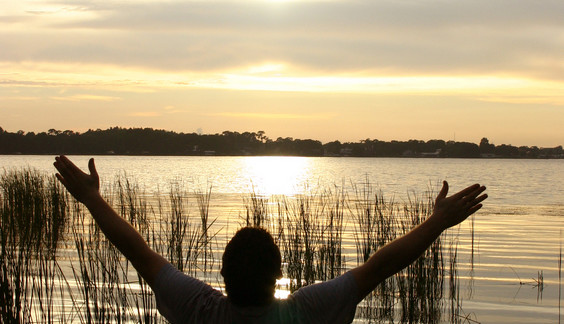American’s Foundational Faith

America’s Foundational Faith
Religion played an important role in the start of the American story. Some colonies, like Virginia, were founded purely as money-making ventures, but others–like Massachusetts–were founded by people searching for freedom to worship God as they chose.
Settlers like the Puritans came to America to escape religious persecution in Europe. Looking back from the 21st century, it can be hard to understand why groups like the Puritans were persecuted for their beliefs. Why was worshiping in their own way seen as a threat?
As the Library of Congress explains in an online exhibit called “Religion and the Founding of the American Republic,” groups like the Puritans were seen as a threat to public order in Europe. The idea was simple: There was one true religion, and it was the duty of the government to enforce it. That way, everyone’s soul could be saved.
Europe had multiple religions long before the idea of one true religion came about. The practical solution for government was that majority trumped minority. Where Catholics were the political majority, Protestants were persecuted. Where Protestants dominated government, Catholics were persecuted.
The belief in a single true religion continued in the colonies, too. The Puritans of Massachusetts expelled dissenters. Quakers were regarded as radicals and persecuted in several colonies.
But as the colonies banded together to fight the American Revolution, they began to focus more on religious similarities than differences. The Continental-Confederation Congress governed the colonies from 1774 to 1789. According to the Library of Congress:
The amount of energy that Congress invested in encouraging the practice of religion in the new nation exceeded that expended by any subsequent American national government… Congress appointed chaplains for itself and the armed forces, sponsored the publication of a Bible, imposed Christian morality on the armed forces, and granted public lands to promote Christianity among the Indians. National days of thanksgiving and of “humiliation, fasting, and prayer” were proclaimed by Congress at least twice a year throughout the war.
This type of thinking was the start to what we now know as religious freedom.
Separation of Church and State
After the Revolution ended, the Constitution as originally signed, said little about religion. Some were concerned, though, that religious persecution similar to Europe’s would continue in the U.S. When Congress adopted the Bill of Rights in 1789, the First Amendment prohibited Congress from making any law “respecting an establishment of religion.” The Constitution does not state that there shall be any separation of church and the state was we today know it. Our current practice, known as separation of church and state, has occurred from the Supreme Court interpretation of private writings of a single founding father, Thomas Jefferson.
Congress may not have established an official religion, but national leaders had little doubt about the importance of religion. In his farewell address to the American people in 1796, President George Washington declared, “Religion and morality [were] the great Pillars of human happiness, these firmest props of the duties of Men and citizens…National morality [could not exist] in exclusion of religious principle.”
John Adams, our second president, also believed firmly in the key role of religion in government, stating, “[Statesmen] may plan and speculate for Liberty, but it is Religion and Morality alone, which can establish the Principles upon which Freedom can securely stand.”
Additional Resources
- Conflict and Confusion Around Church-State Separation, by Paul Rasor, Virginia Wesleyan College
- Frequently Asked Questions Origins of Separation of Church and State, by Wall Builders
Videos
- Glen Beck Separation of Church and State, by ConservativeCavalry, YouTube
- Separation of Church and State, by ProvidenceFoundation, YouTube
- Obama on Church and State, by Malfita, YouTube
- Constitution Lecture 9: Separation of Church and State, by Shane Killian, YouTube
- JFK on the Separation of Church and State, by JFK Library, YouTube
